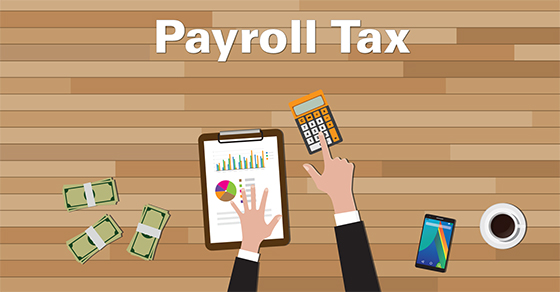On August 8, President Trump signed four executive actions, including a Presidential Memorandum to defer the employee’s portion of Social Security taxes for some people. These actions were taken in an effort to offer more relief due to the COVID-19 pandemic.
The action only defers the taxes, which means they’ll have to be paid in the future. However, the action directs the U.S. Treasury Secretary to “explore avenues, including legislation, to eliminate the obligation to pay the taxes deferred pursuant to the implementation of this memorandum.”
Legislative history
On March 18, 2020, President Trump signed into law the Families First Coronavirus Response Act. A short time later, President Trump signed into law the Coronavirus, Aid, Relief and Economic Security (CARES) Act. Both laws contain economic relief provisions for employers and workers affected by the COVID-19 crisis.
The CARES Act allows employers to defer paying their portion of Social Security taxes through December 31, 2020. All 2020 deferred amounts are due in two equal installments — one at the end of 2021 and the other at the end of 2022.
New bill talks fall apart
Discussions of another COVID-19 stimulus bill between Democratic leaders and White House officials has been on and off again since August. As a result, President Trump signed the memorandum that provides a payroll tax deferral for many — but not all — employees.
The memorandum directs the U.S. Treasury Secretary to defer withholding, deposit, and payment of the tax on wages or compensation, as applicable, paid during the period of September 1, 2020, through December 31, 2020. This means that the employee’s share of Social Security tax will be deferred for that time period.
However, the memorandum contains the following two conditions:
- The deferral is available with respect to any employee, the amount of whose wages or compensation, as applicable, payable during any biweekly pay period generally is less than $4,000, calculated on a pretax basis, or the equivalent amount with respect to other pay periods; and
- Amounts will be deferred without any penalties, interest, additional amount, or addition to the tax.
The Treasury Secretary was ordered to provide guidance to implement the memorandum.
Legal authority
The memorandum (and the other executive actions signed on August 8) note that they’ll be implemented consistent with applicable law. However, some are questioning President Trump’s legal ability to implement the employee Social Security tax deferral.
Employer questions
Employers have questions and concerns about the payroll tax deferral. For example, since this is only a deferral, will employers have to withhold more taxes from employees’ paychecks to pay the taxes back, beginning January 1, 2021? Without a law from Congress to actually forgive the taxes, will employers be liable for paying them back? What if employers were unable to get their payroll software changed in time for the September 1 start of the deferral? Are employers and employees required to take part in the payroll tax deferral or is it optional?
Contact us if you have questions about how to proceed. And stay tuned for more details about this action and any legislation that may pass soon.





